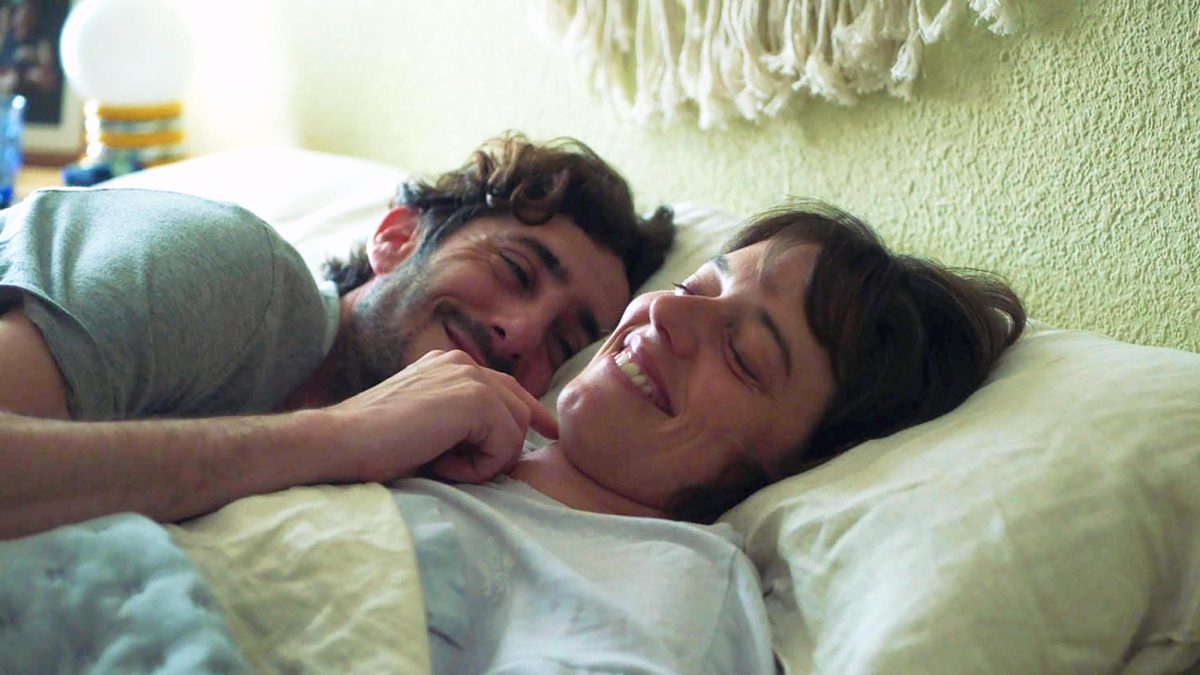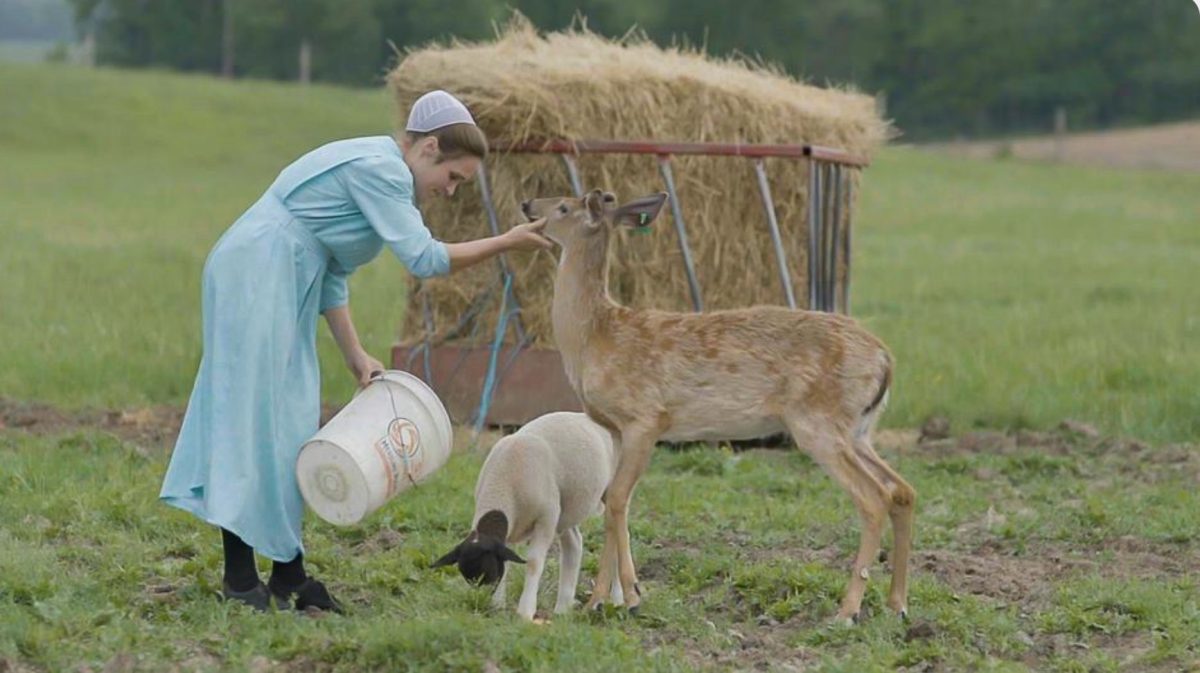This article may contain spoilers.
At 40 years old, Lola feels content. She loves her long-term partner, holds space for her sister’s children and fosters deep relationships with her friends. The acclaimed artist does not want children, and she never did.
Until she gets pregnant.
Following the three days between her abortion appointment and procedure, legally required in Spain before 2022, “Mamifera” explores the emotions and expectations Lola (Maria Rodríguez Soto) confronts as she searches for clarity about her chosen path. The winner of SXSW’s narrative feature award for performance, the Spanish (Catalan) language film navigates middle-aged womanhood in a time and place where, legally, pregnancy and motherhood do not have to collide.
The key to “Mamifera’s” success lies in its subtlety. Lola’s partner, Bruno (Enric Auquer), seems to understand Lola’s desires and support them wholeheartedly, bringing her breakfast in bed and taking off work to help babysit her sister’s children. Her friends, while having taken the traditional path to motherhood, hold Lola close to her steadfast desire to remain childless. Only the sight of her friend’s struggle with fertility and the unraveling of Bruno’s desires pull Lola into existential crisis, as illustrated by collage dream-sequences created by artist María José Garcés Larrain.
“Mamifera’s” subtlety comes forth in the combination of its cinematography and Soto’s acting. Set in a Spanish metropolitan area, the film constantly frames Lola by the lines of her cityscape and her well-decorated apartment. Director Liliana Torres makes exceptional use of color, too, coordinating Lola’s outfits with her surroundings.
While possibly perceived as dull, the numerous scenes of Lola walking her beloved blind dog while observing reasons to or to not carry out her pregnancy prove integral to the film’s frank character and leave room for the audience to join Lola in her thought processes. Soto doesn’t scream, or even speak, Lola’s inner turmoil. Rather, audiences understand Lola’s thoughts through the twitch of an eye or a hasty tucking-of-bangs.
Torres’ use of platonic and familial relationships between women marks another area in which “Mamifera” excels. As Lola seeks clarity, she doesn’t turn to the warmth Bruno provides. An intelligent, observant character, Lola recognizes from the beginning that while loving, Bruno cannot understand her experience. Thus, she reaches out to her closest friend and her mother for guidance instead.
Yet, the film failed to leave zero room for improvement. One obvious blip includes a scene in which Lola walks her dog and seemingly leaves the dog behind because of an editing error. Less obvious blips include the rather hasty ending, which includes the underdevelopment of Lola’s relationship with her mother and failure to adequately lay out Bruno’s desires.
Despite its flaws, “Mamifera” provides a rather comforting dissection of a complicated topic, probing audiences, particularly in Texas, to think about the significance of choice.
4 baby toys out of 5














